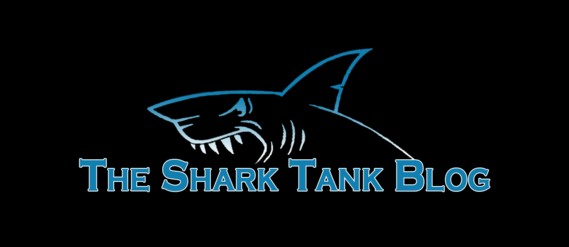
Disha Shidham Pitches Savy On Shark Tank Season 9
Highlights
- Disha Shidham approached the Shark panelists with Savy in 2017.
- None of the judges were interested in making a deal with the entrepreneur.
- After recurrent negative feedback, Savy went out of action in 2018.
Through its many seasons, Shark Tank has presented a range of ingenious ideas that have emerged as great hits. At the same time, many Shark Tank ideas cannot sustain over time and get lost. One of these was seen during the Savy Shark Tank pitch in the ninth season.
Brought to the judges by Disha Shidham, Savvy was a comparative pricing app, devised specially for shopping purposes. A nervous Disha presented her pitch after a few fumbles in the beginning. While the Sharks supported her in beating the pressure, no one proposed a deal.
Having featured on the show in 2017, Savy went out of business after just a year of its appearance.
Below is a recap of the Savy Shark Tank journey, along with a discussion of how and why the app struggled to thrive in the coming years.
Savvy Shark Tank: Pitch Details
Aspiring entrepreneur Disha Shidham approached the Shark investors with Savy, her unique app for millennial shoppers. Seeking 100K for 10% equity, Disha walked the investors through Savy, as presented on the set’s screen. She originally started the venture as a high schooler and then called it ‘Tac Board.’
According to the 20-year-old entrepreneur, Savy was prepared for people similar to her age who had amazing stylistic tastes but could not spend much. With the app, they could browse through products of their taste. After this, they could name a price that they wanted to pay. Once the price was accepted, Savy would mail them.
How Did The Shark Investors React To Savy?
The Sharks did not seem convinced of Disha’s pitch for Savy. The entrepreneur revealed that she was working with about 1,000 retail stores. The company had only 2000 registered users. Savy had not made any money, though, as users were using its free version.
Additionally, Disha claimed that she skipped her admission to the University of Michigan due to her entrepreneurial venture. Hearing this, Mark Cuban exited the Savy Shark Tank deal. The other panelists felt the entrepreneur was simply not prepared enough, so all of them stepped out of the deal.
What Happened To Savy After Shark Tank?
Due to Shark Tank’s wide reach, after a business appears on the show, people’s attention towards it automatically increases, resulting in a spike in sales. But things were not so easy for Savy, and it failed to get any traction after its episode aired. There were many debates on social media regarding its viability and Disha’s demeanor.
Despite all the chatter, the 20-year-old stated in interviews that while disappointed regarding her Shark Tank journey, she was hopeful of making Savy a success. Disha claimed that after the show, she had a lot of emails lined up, which could help her develop contacts.
Using her previous coding experience and with the help of potential partners, she planned to start Savy’s paid version. The entrepreneur was confident that the app could make it big without the help of the Shark investors. The reality turned out to be completely different, though.
In 2018, Savy went out of business. Things were further confirmed when its last Instagram post came out a year after the Savy Shark Tank journey in December 2018.
Why Did Savy Fail To Thrive After Shark Tank?
There is no one particular reason that contributed to the failure of Savy. Instead, multiple factors led to the downfall of Disha Shidham’s venture. Below given are some insights regarding the same.
Novel Business Concept – Savy’s business model allowed users to buy expensive, stylish clothes at a discounted price. However, this could only happen during a sale, which could take weeks or even months. By then, users could probably get an even better and cheaper alternative.
Inability To Get Large Clients – During her Shark Tank appearance, Disha claimed that she had received verbal commitments from several retailers regarding a partnership. Plus, after the show, she said she had hundreds of emails lined up. However, the entrepreneur failed to get any regular clients through them.
Lack Of Presence – The Savy Shark Tank pitch hit screens in 2017. But after a few setbacks, the company was seen nowhere, including its website or social media handles. These things reflected that Disha could not handle the negative results, which ultimately resulted in the brand’s failure.
Conclusion
The Savy Shark Tank journey demonstrated the challenges faced by a novel business idea on and after the show. Although the company catered to the requirements of discounted fashion, it failed to take on the crucial aspects of resources, timing, and proper execution.
This pitch showed that to succeed in the long haul, just a promising idea does not help. Instead, the startup world needs to focus on practical issues.





















